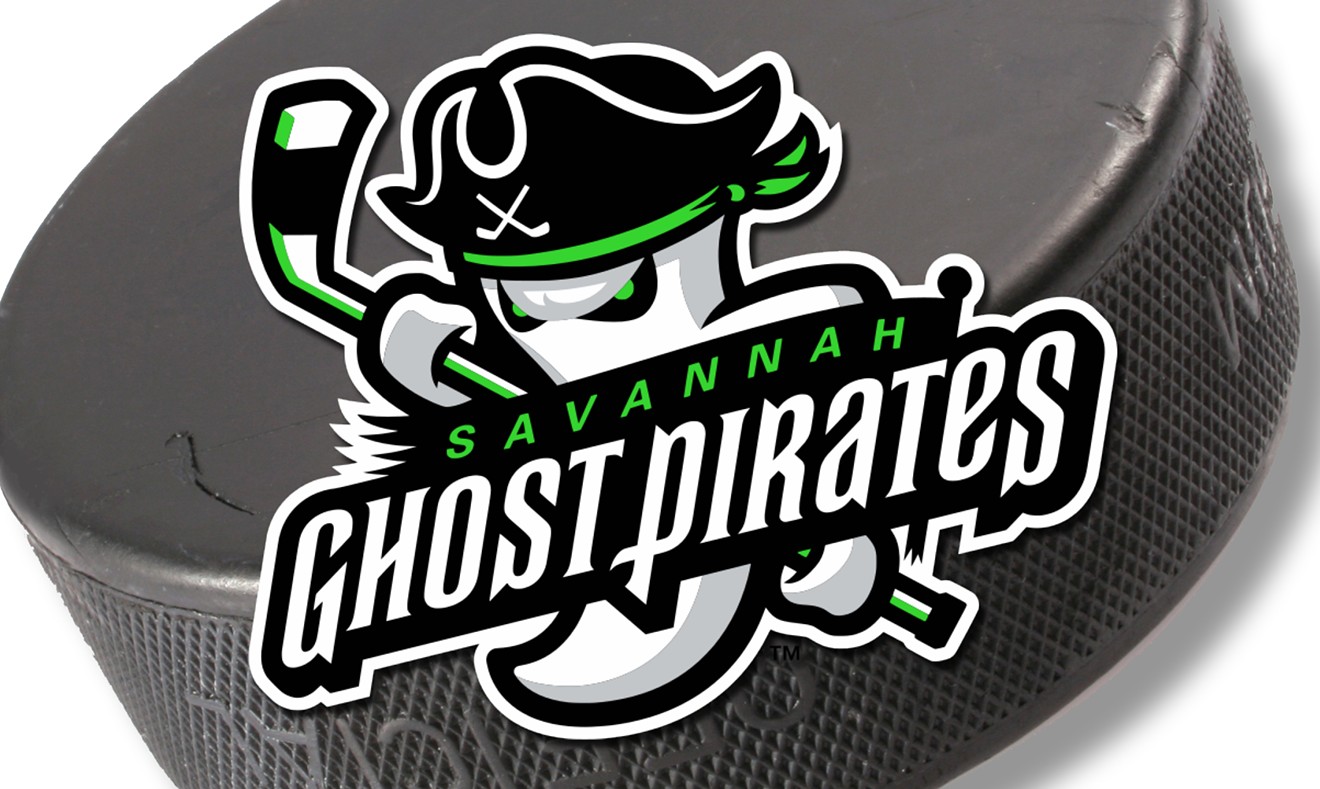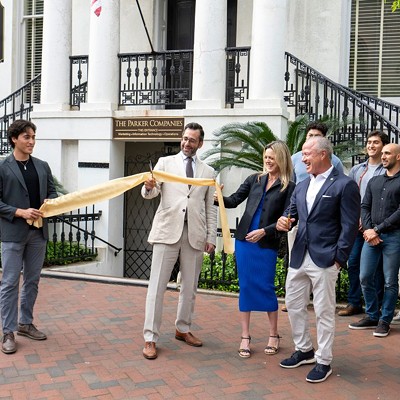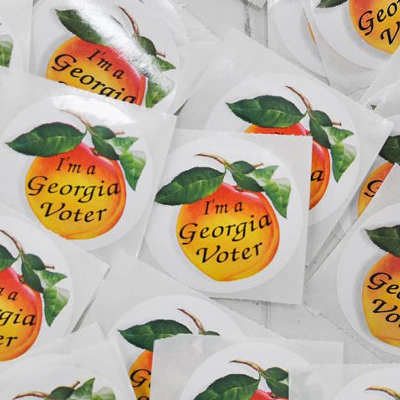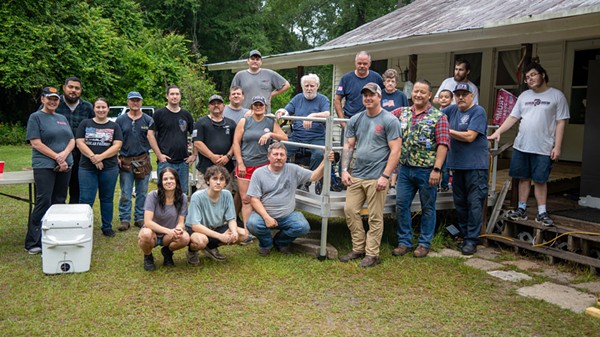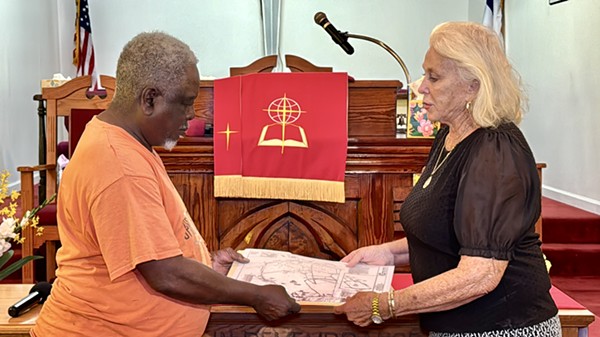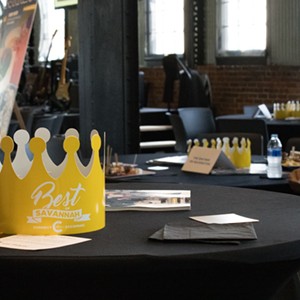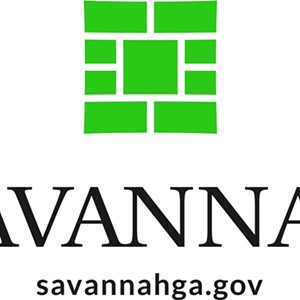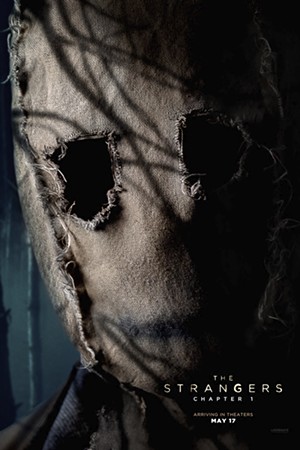WHAT ARE WE LOOKING AT HERE?
The basics of Hockey are simple—you skate, you pass, you shoot and you score. Players move around the ice on skates—boots with a double-edged blade on the bottom—that allow for sharp turns and quick acceleration.
ECHL hockey is played on a standard-size rink shaped like a round-cornered rectangle that is 200 feet (61 metres) long and 85 feet (26 metres) wide. The goal cage is 4 feet (1.2 metres) high and 6 feet (1.8 metres) wide. Any shot that completely clears the goal line, a 2-inch- (5-cm-) wide stripe on the ice across the front of the cage, is a goal. In front of the goal is the crease, a semicircular area that corresponds to a circle with a 6-foot radius, demarcated by a red line. When the goalie is in the crease, no attacking player may enter unless the puck is there as well; if the goalie is not in the crease, however, anyone may enter. The blue lines that divide the ice into three zones are 60 feet (18 metres) out from the goal line and are painted across the width of the ice. The area between the blue lines is called the neutral zone. This zone is bisected by the red center line.
HOCKEY RINK LAYOUT
As seen in the graphic below, there are different colored lines, as well as circles. As would be expected, each of these has significance, and have at least one rule tied to how it affects the game.
1: Center Ice/Face-Off Circle: The face-off circle at center ice is where the puck is put in play (dropping the puck) by the referee at the start of each period and after a goal is scored. During the dropping of the puck, only one player from each team may be in the center ice circle. Once the puck is dropped, however, teammates from both teams can enter this area to assist in controlling the puck for his team.
2: Neutral Zone: The area between the blue lines indicating each teams’ defensive zone.
3: Neutral Zone Face-Off Dots: Four dots in the neutral zone where a linesman can drop the puck after a stoppage of play.
4: Blue Line: A solid blue line spanning the width of the ice indicates the border between the neutral zone and a given team’s defensive zone.
5: Slot: The area directly in front of the goaltender, between the two defensive zone face-off circles. The “high slot” is an area of the slot that is farthest away from the goal, closer to the blue line.
6: Offensive and Defensive Zone Face-Off Circles: Two large circles in a given team’s zone where a linesman can drop the puck to restart play. There are four on the ice; two in a team’s offensive zone and two in that team’s defensive zone. Given that each team has an offensive zone and a defensive zone, there are only four of these circles on the ice. I must state the obvious that one team’s defensive zone is the other team’s offensive zone.
7: Goal Line: The red line spanning the width of the ice on which the goal sits in each zone.
8: Trapezoid: The area directly behind the goal in which it is permissible for the goaltender to touch the puck.
9: Goal/Net: Goals sit on the center of each goal line in a team’s defensive zone.
10: Crease: The area directly in front of each goal. This area is painted blue.
Sources: Britannica.com, howtheyplay.com, ECHL.com, USAHockey.com

